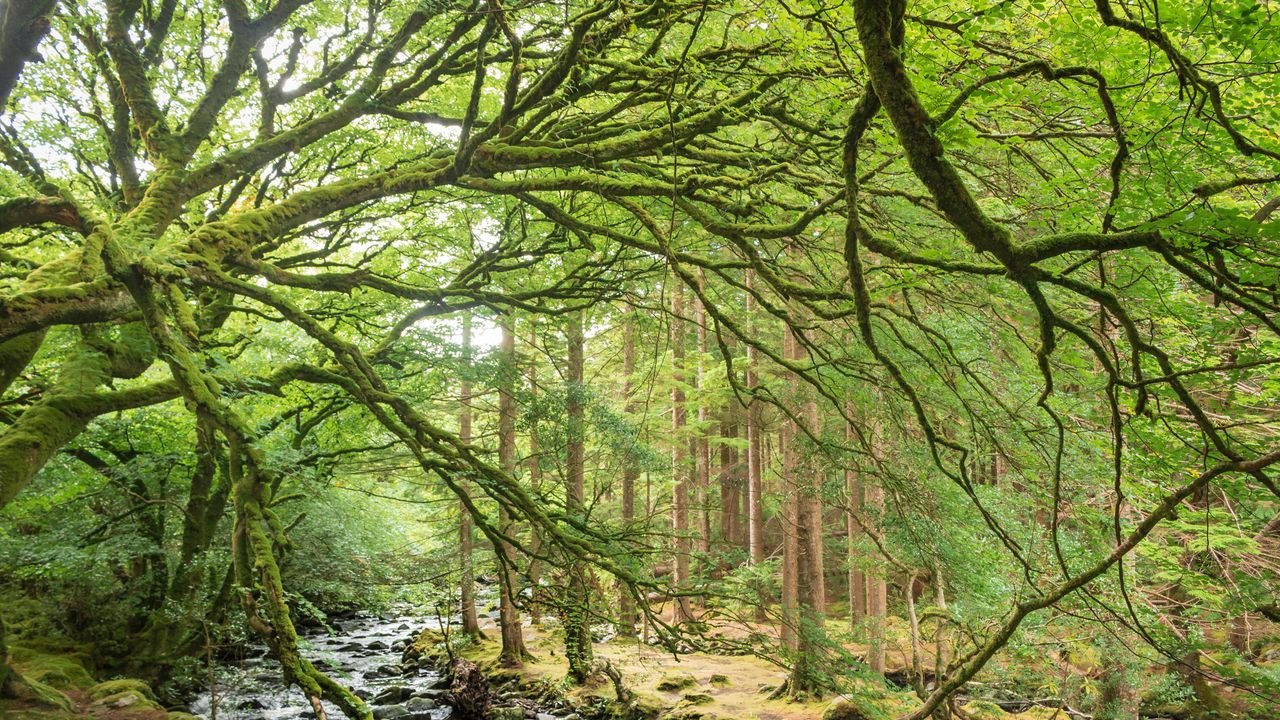Peru
by Kim Schandorff
Peru holds roughly 72 million hectares of forest, mostly in the Amazon basin. These forests are incredibly rich in biodiversity and provide essential ecosystem services to the broader Andean and Amazonian regions. Indigenous communities manage large portions of forest land, often acting as de facto stewards. Yet, threats from illegal mining, logging, and agricultural encroachment are growing, especially in remote regions where monitoring is difficult.
India
MH Habib / 500px
India has over 72 million hectares of forest, making it one of the top ten forest-rich countries globally. While its forest cover represents about 24% of the country’s total land area, this includes both dense natural forests and open or degraded areas. The forests of the Western Ghats, Northeast, and central India are biodiversity hotspots. India’s forest policy focuses heavily on afforestation, but pressures from population growth, development, and climate stress pose ongoing challenges to forest conservation.
What counts as forest cover?
Forest cover refers to the total area of land that is occupied by natural or planted tree formations, typically over 5 metres in height and with a canopy cover greater than 10%. It includes primary forests, secondary growth, and plantations, but excludes tree crops like orchards or urban tree cover.
Where is this data from?
This list is based on the 2023 edition of the Global Forest Resources Assessment by the Food and Agriculture Organization (FAO) of the United Nations, which compiles self-reported national forest inventories and satellite-based estimates. Additional insights have been drawn from World Bank datasets and Mongabay’s annual forest statistics to reflect both total forest area (in square kilometres) and the percentage of each country’s landmass covered by forest.
Does this include tropical rainforests only?
No. This list includes all types of forests: tropical, temperate, boreal, and subtropical. So while Brazil and Indonesia represent tropical rainforest regions, countries like Russia and Canada are dominated by boreal forests, and China includes large areas of temperate and subtropical forest.
Does this ranking change each year?
Slightly. Forest cover changes gradually due to reforestation, deforestation, or natural changes. While countries may shift places depending on new policies or land-use practices, the top forest-rich nations tend to remain relatively consistent.



